In storytelling, the protagonist is rarely alone in their journey. They are accompanied by allies who support, guide, and help them along the way. These allies can be essential to the story, providing a sense of camaraderie, conflict, and emotional depth.
In this article, we’ll explore the allies archetype in stories and how writers can use it to create compelling and engaging narratives. We’ll also look at ten examples of allies in stories to help illustrate this archetype.
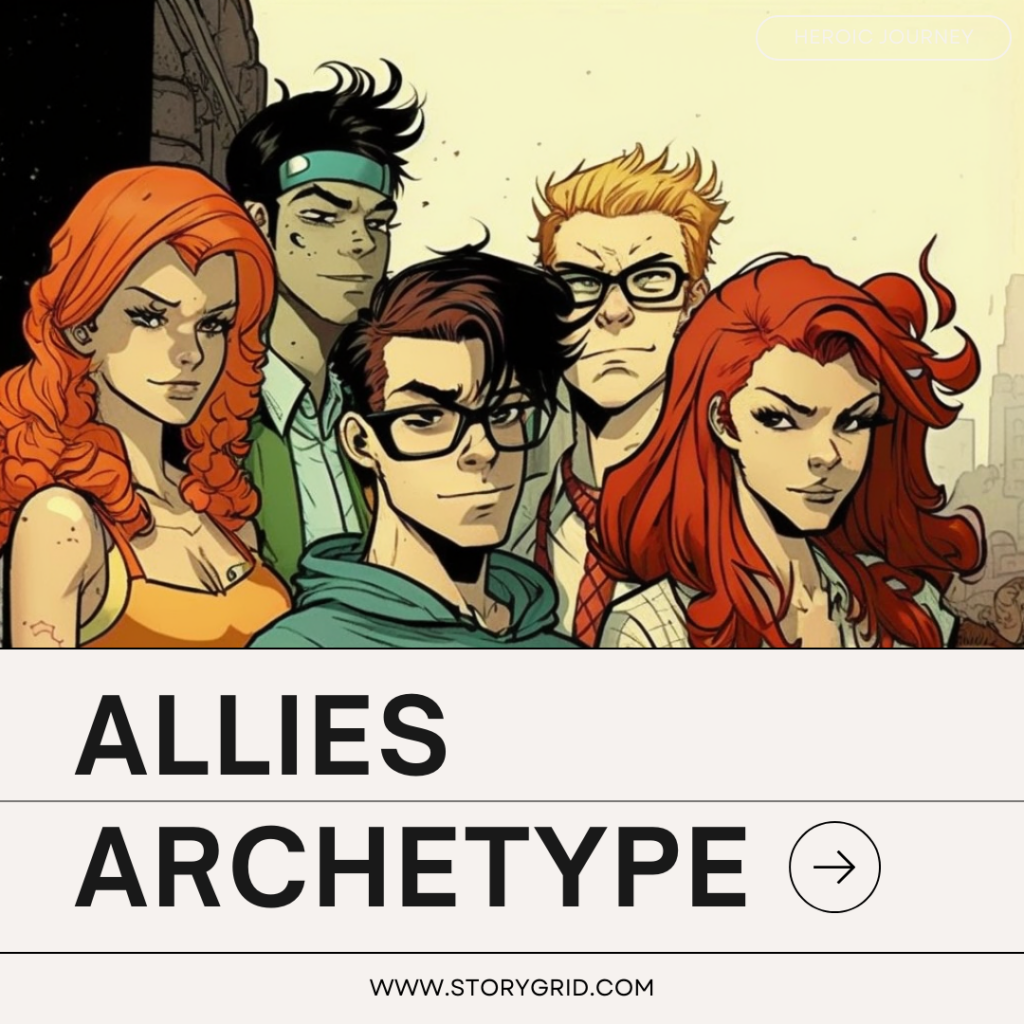
What is the Allies Archetype?
The allies archetype is a pattern of characters commonly found in stories who support and aid the protagonist in achieving their goal or overcoming an obstacle. Allies can take many forms, from friends and family members to mentors and advisors. They often possess qualities that complement the protagonist’s skills or provide a unique perspective on the situation. Allies can also serve as foils to the protagonist, offering a contrast to their personality or beliefs.
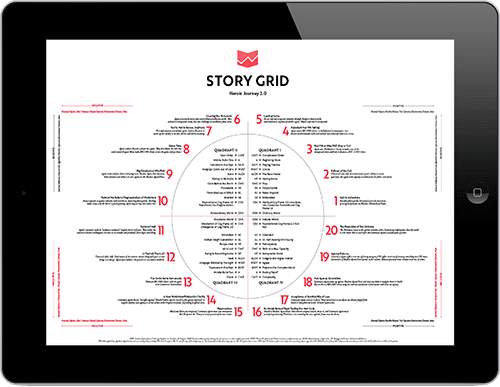
Are you writing a Heroic Journey story?
Download our highly detailed infographic outlining the 20 major scenes you must have in every story.
Twenty Examples of the Allies Archetype in Stories
1. Alfred Pennyworth – In the Batman franchise
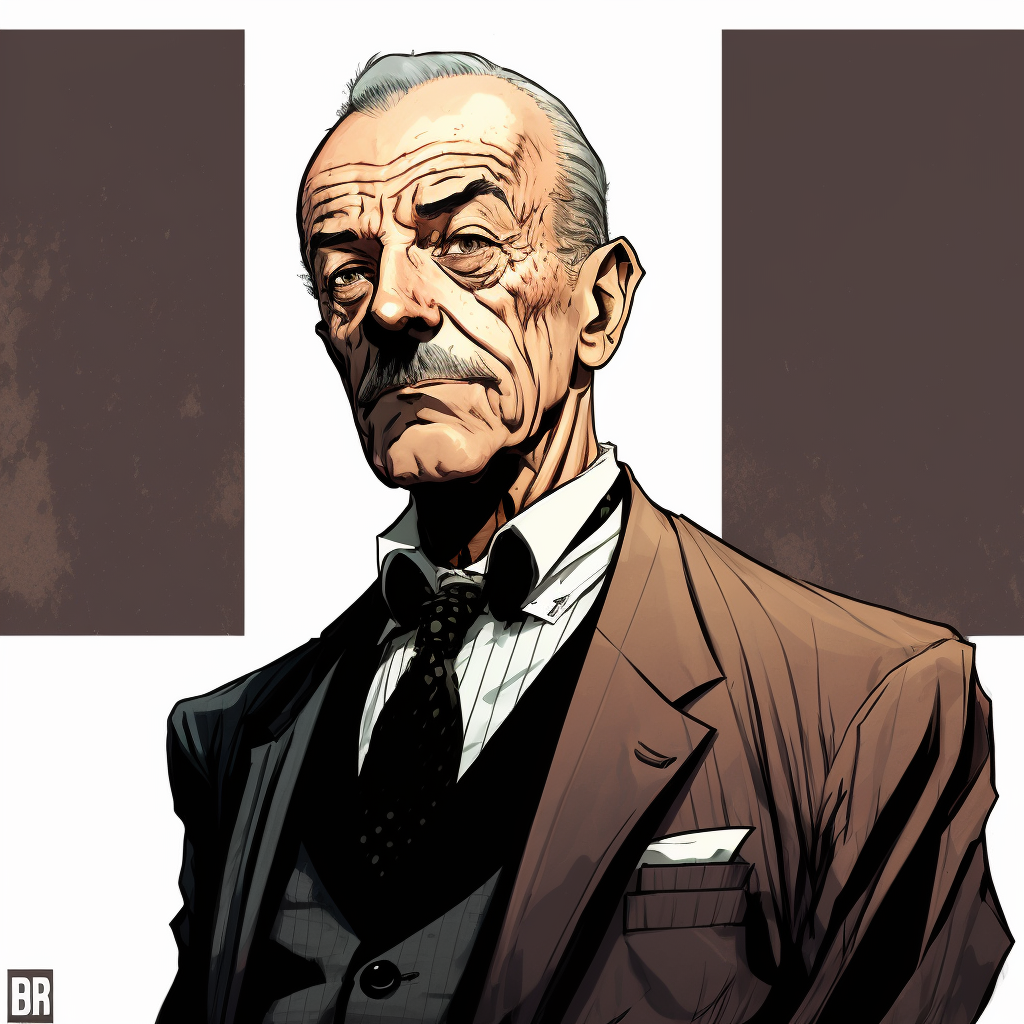
Alfred Pennyworth is Batman’s loyal butler and confidant. Alfred provides emotional support and guidance to Batman, often serving as a voice of reason in the superhero’s adventures. He is an excellent example of the allies archetype, as he provides support and aid to the protagonist, helping him achieve his goals while also providing a counterbalance to Batman’s intense personality.
2. Ron Weasley and Hermione Granger from J.K. Rowling’s Harry Potter series
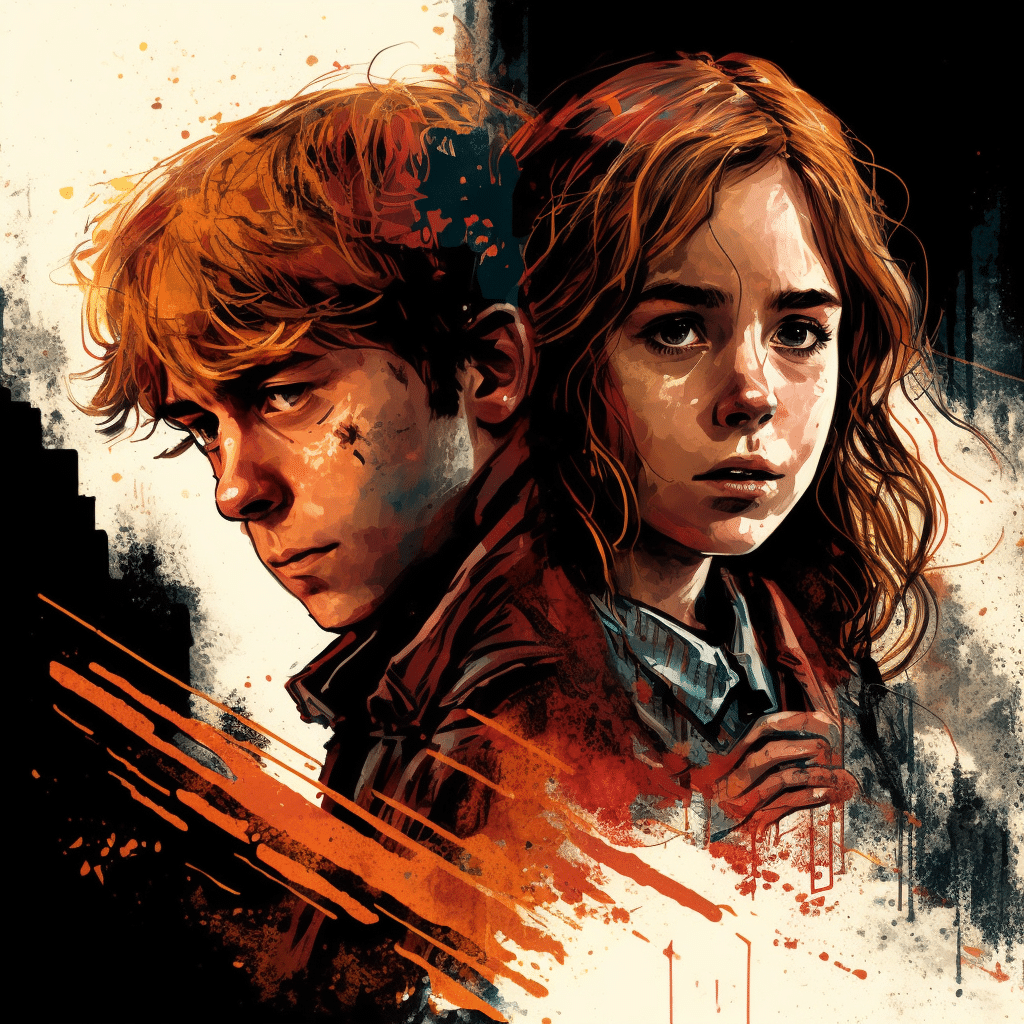
Ron and Hermione are two of Harry’s closest friends who provide encouragement, knowledge, and combat skills to aid him in his fight against Voldemort. Ron’s loyalty and humor and Hermione’s intelligence and bravery are what make them such integral parts of the story.
3. Chewbacca and Han Solo from the Star Wars franchise
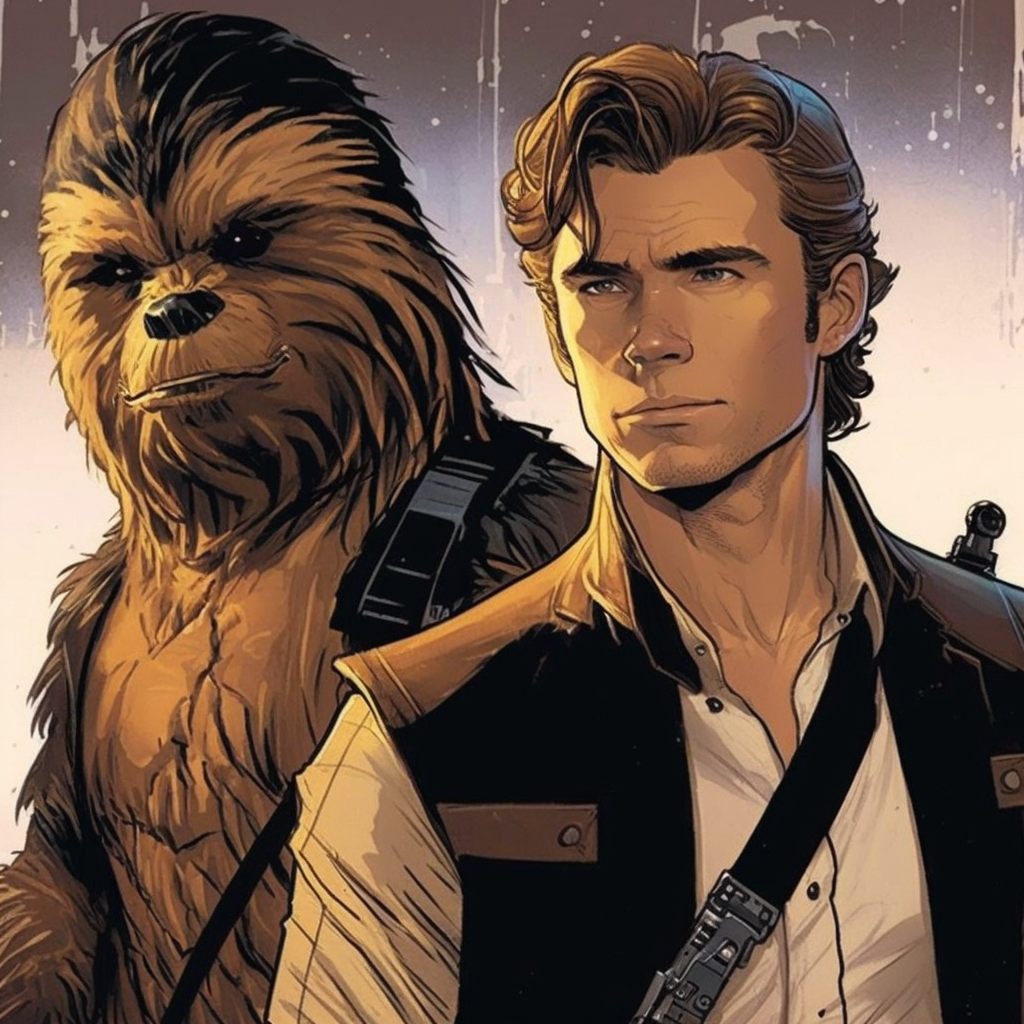
Chewbacca and Han Solo become allies of Luke Skywalker. Chewbacca provides strength and combat skills, while Han provides piloting skills and quick thinking. The friendship and loyalty to Luke that develops throughout the story make them integral to the hero’s success.
4. Nick Caraway from F. Scott Fitzgerald’s The Great Gatsby
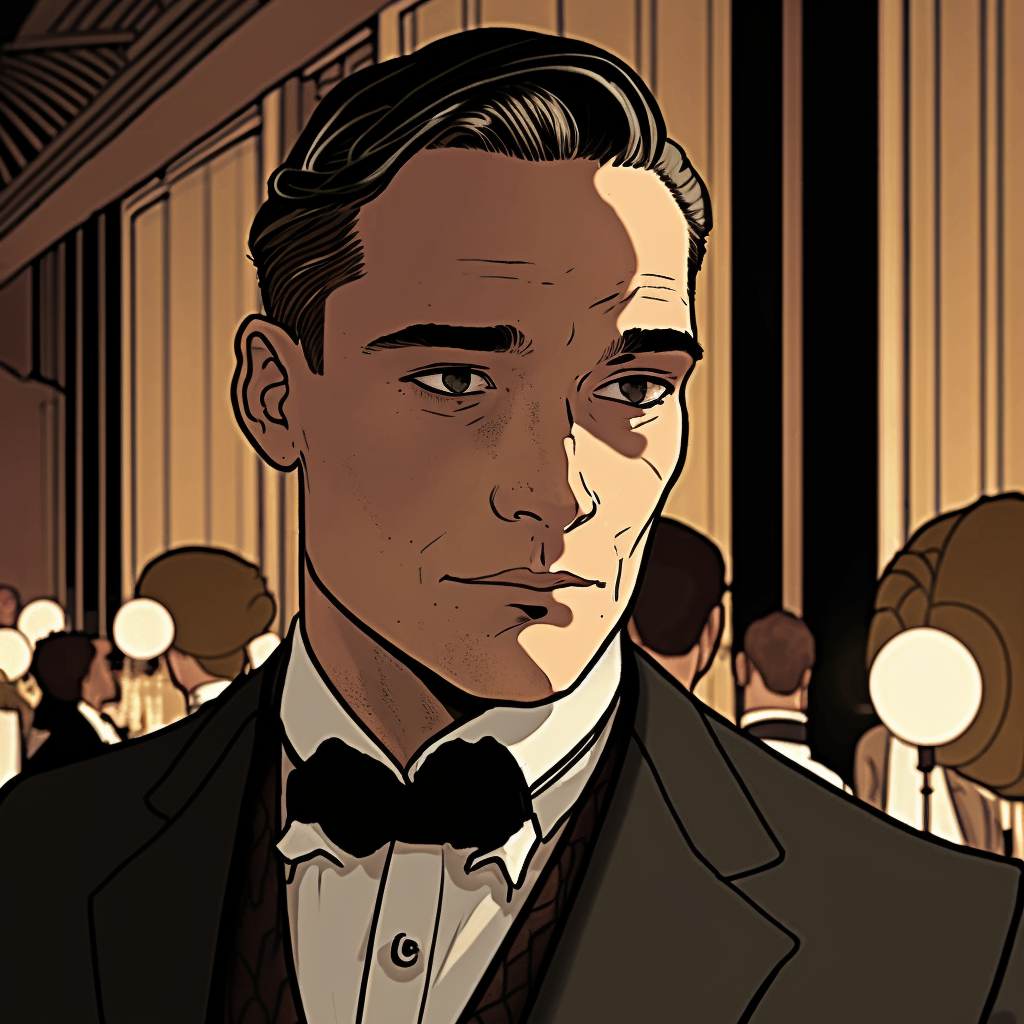
Nick serves as a confidante and friend to Jay Gatsby, the protagonist of the story, providing advice and a listening ear to aid him in his pursuit of Daisy Buchanan. Nick is a loyal ally to Gatsby, even when he discovers Gatsby’s criminal activities and past. Nick’s friendship to Gatsby add depth and complexity to the story.
5. Shaggy from the Scooby-Doo franchise
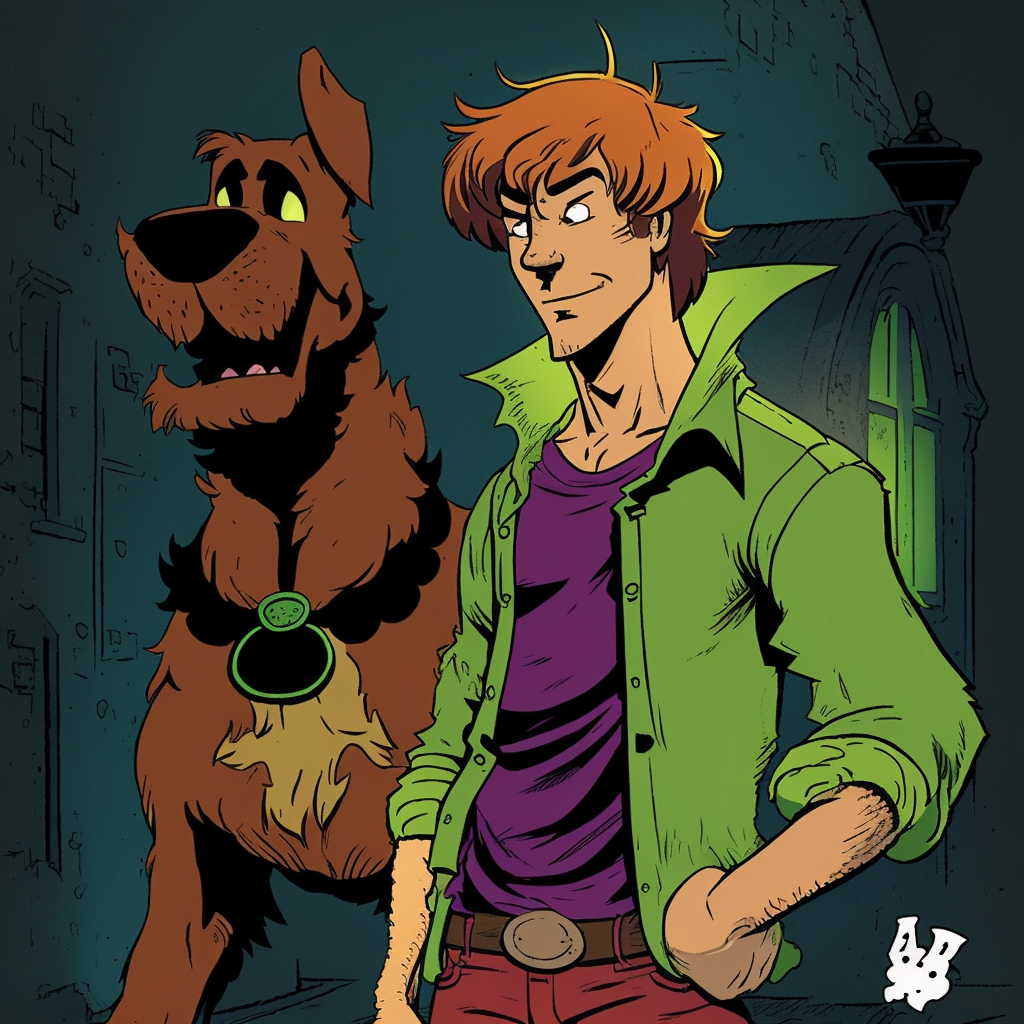
Shaggy is an example of the ally archetype as he provides friendship, comic relief, and detective skills to aid his friends in solving mysteries and catching villains. Despite his cowardly nature, Shaggy’s loyalty and bravery in protecting his friends and Scooby-Doo are what make him an integral part of the group.
6. Grandpa Joe from Roald Dahl’s Charlie and the Chocolate Factory
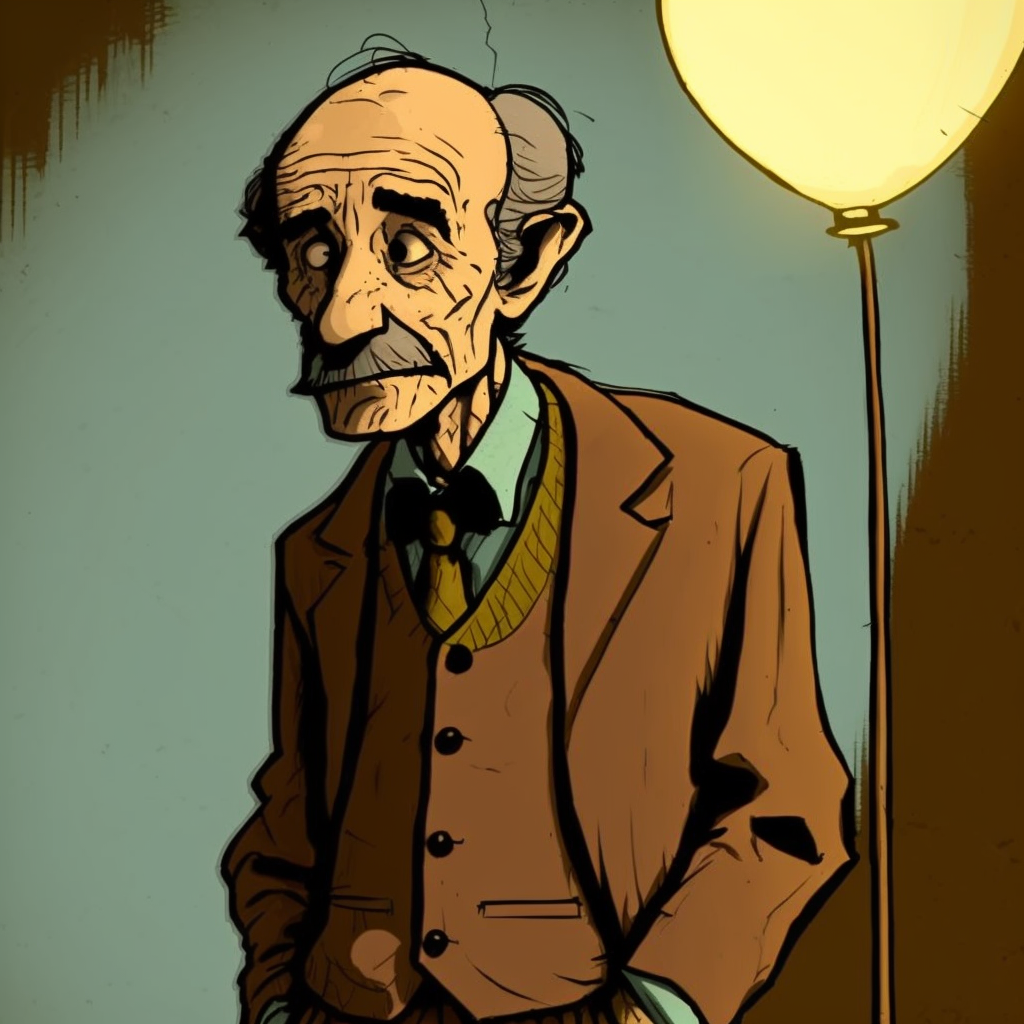
Grandpa Joe is Charlie Bucket’s grandfather and helps him achieve his dreams of visiting Willy Wonka’s chocolate factory. Despite being bedridden for years, Grandpa Joe rises to the occasion when Charlie wins the golden ticket, accompanying him on his adventure to the factory and providing valuable assistance along the way. Grandpa Joe’s love and loyalty to Charlie, as well as his willingness to go on an adventure despite his physical limitations, make him a beloved character and a perfect example of the allies archetype in literature.
7. Sue Snell from Stephen King’s Carrie

Sue is a high school student who initially participates in bullying Carrie White but later realizes her mistake and attempts to make amends. Throughout the novel, Sue provides support to Carrie, attempting to help her navigate the cruel world of high school. Sue’s loyalty and determination to right her wrongs and help Carrie make her prom night a success are what make her an ally throughout the story.
8. Manolin from Ernest Hemingway’s The Old Man and the Sea
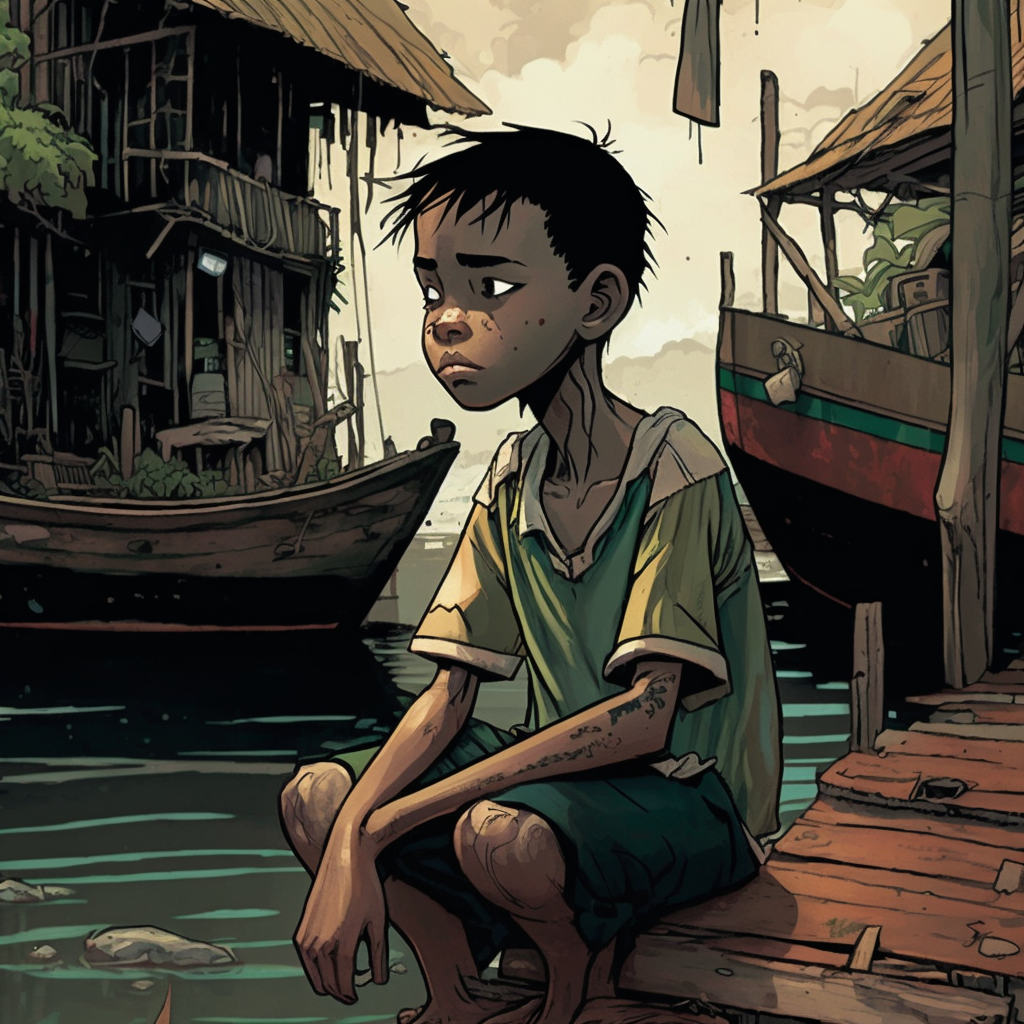
Manolin is a young boy who has learned to fish from Santiago and looks up to him as a mentor and father figure. Throughout the novel, Manolin provides support to Santiago, showing him compassion and understanding as he struggles to catch fish. Manolin also brings Santiago food and supplies, demonstrating his loyalty and dedication to the old man. Manolin’s unwavering support and kindness towards Santiago illustrate his role as an ally archetype.
9. Goh Peik Lin from Kevin Kwan’s Crazy Rich Asians
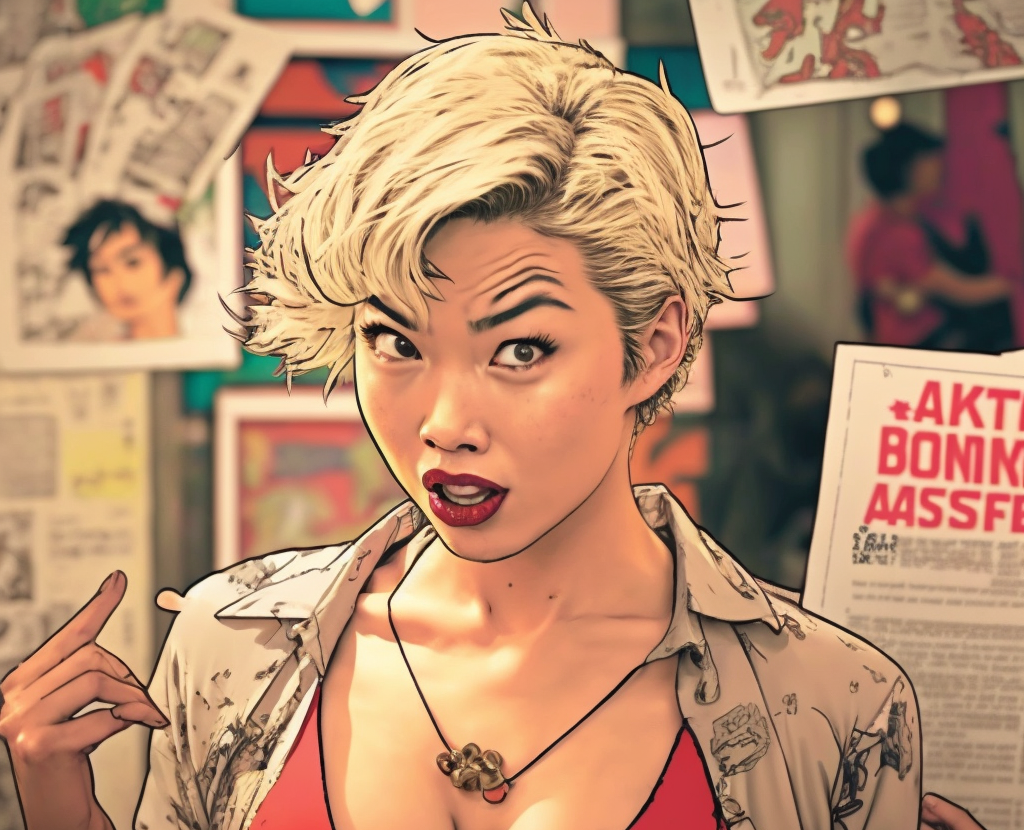
As Rachel Chu’s best friend and confidante, Goh Peik Lin provides emotional support, knowledge, and comedic relief to aid Rachel in her journey to Singapore. She helps Rachel navigate the high society and family dynamics of Singapore, providing a valuable perspective and insight into the local culture. Goh Peik Lin is an essential ally to Rachel, helping her achieve her goals and providing moments of levity for the audience.
How to Use the Allies Archetype in Your Writing
Incorporating the allies archetype into your writing can add depth, complexity, and relatability to your story. Here are some tips on how to use the allies archetype effectively:
- Develop your allies’ personalities and motivations: Allies should be more than just props or side characters. They should have their own unique personalities, motivations, and flaws that add depth to the story.
- Give your allies unique skills and abilities: Allies should possess skills and abilities that complement the protagonist’s strengths or provide a unique perspective on the situation.
- Show the conflict and tension between allies: Allies don’t always get along, and their disagreements or conflicts can add depth and tension to the story.
- Provide a reason for the allies to join the protagonist: Allies should have their own motivations for joining the protagonist on their journey, whether it be a sense of duty, loyalty, or a desire for adventure.
- Show the growth and transformation of the allies: Allies should undergo their own growth and transformation throughout the story, whether it be in their beliefs or actions. This transformation should be a result of the challenges they face and the lessons they learn along the way.
Final Words on the Allies Archetype
The allies archetype is an essential component of storytelling, providing support, conflict, and emotional depth to the protagonist’s journey. By understanding and utilizing the allies archetype, writers can create memorable and engaging stories that resonate with audiences. Whether it be through the loyal friendship of Ron and Hermione in Harry Potter or the wise guidance of Gandalf in Lord of the Rings, the allies archetype continues to inspire and captivate readers and viewers worldwide.
Incorporating the allies archetype into your writing can be a powerful tool to create compelling and relatable characters that resonate with readers. By developing their personalities, skills, and motivations, you can add depth and complexity to the story, as well as providing an opportunity for character development and growth.
More Heroic Journey Resources